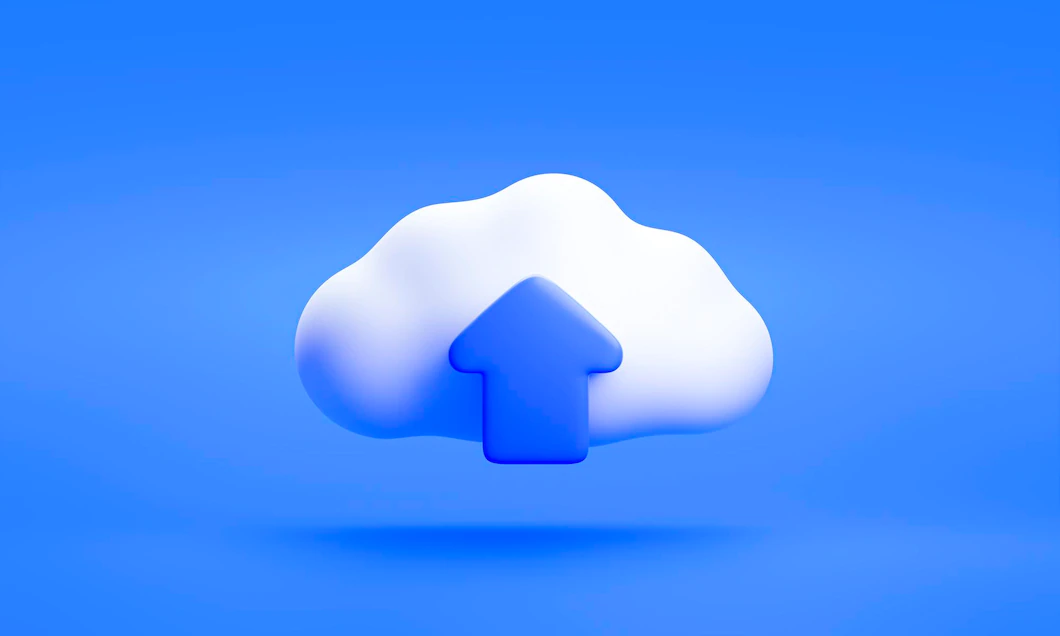What do you know about PaaS?
PaaS is a cloud computing model where a third-party provider delivers hardware and software tools to users over the internet. Usually, these tools are needed for application development. A PaaS provider hosts the hardware and software on its infrastructure. As a result, It frees developers from having to install in-house hardware and software to develop or run a new application.
It is the fastest way to build, share and integrate applications in the cloud. With PaaS applications, you can access rich and powerful infrastructure tools. Also, you can connect existing on-premises systems with new cloud-based capabilities without heavy lifting.
How to use CSS Container Queries now
How Does it work?
To provide an environment to perform application development and deployment, the cloud provider must provide a set of software tools, such as a database and web servers. These are typically provided via an API that the developer uses to connect. The API handles basic tasks such as configuring the hardware resources and network location of the application; in essence, making it “cloud-native”. For instance, PaaS tools may help run backups or securely transfer data over encrypted links.
It is an emerging category of cloud computing that lets organizations design, build and run their applications without owning or managing any infrastructure. PaaS architectures keep their underlying infrastructure hidden from developers and other users. As a result, the model is similar to serverless computing and function-as-a-service architectures – meaning the cloud service provider manages and runs the server, as well as controls the distribution of resources.
The PaaS model relies on a cloud platform to provide its computing, storage, and networking resources. The PaaS environment typically provides tools to help developers build and deploy applications without needing to manage the underlying infrastructure.

